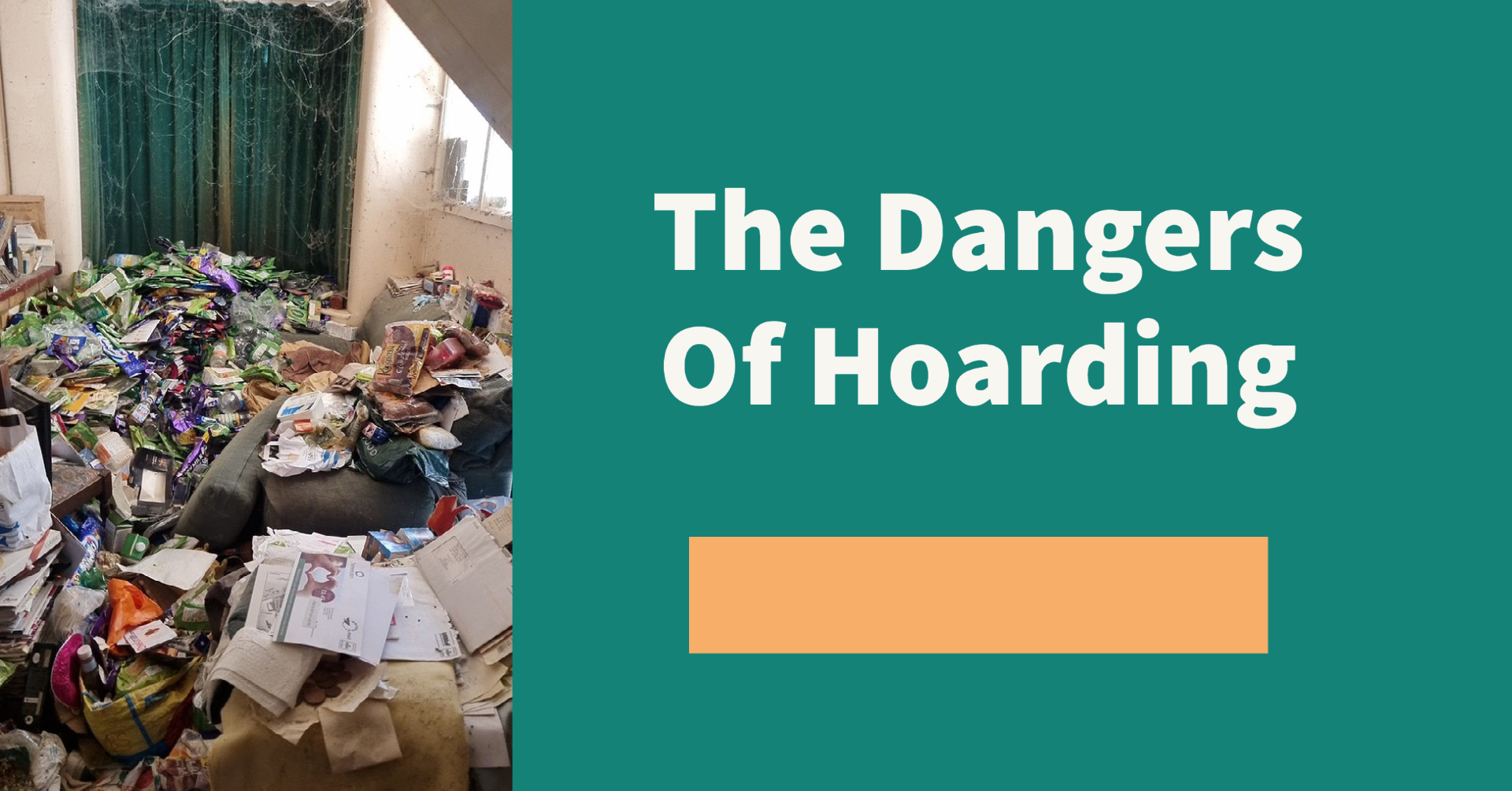
Are You a Hoarder?
What is hoarding disorder? The DSM5, (The Diagnostic and Statistical Manual of Mental Disorders, Fifth Edition), provides a diagnosis containing four parts. One, there is an excessive acquisition of stuff. Two, people demonstrate difficulty discarding possessions. Three, there are living spaces that can’t be used for their intended purposes because of clutter. Four, the behavior causes significant distress or impairment.
You are likely looking around your home now and wondering if you fit the diagnosis.
Hallmarks of hoarders (as found on hoarders911.com) include the following:
1. Obsession. Hoarders will exhibit an uncontrollable urge to acquire new things.
2. Disorganization. We all get a little cluttered from time to time, but hoarders’ clutter will be in complete chaos, with no rhyme or reason to the way things are arranged, and they will neither know where their things are nor be able to get to them easily.
3. Indecisiveness. Hoarders often lack the problem-solving and decision-making skills to prioritize the things they own. Because of this, hoarders will often become avoidant or combative when having to make a choice that will affect their belongings.
4. Disposophobia. This is a clinical name for an extreme unwillingness to discard things, and it is a top indicator of a hoarding disorder. This can result in the hoarder feeling extreme anxiety when having to choose between keeping something or getting rid of it, even when broken or expired. It can pose serious health risks later down the road.
5. Isolation. Extreme hoarders tend to live in isolation. In severe cases, social isolation can be a result of Diogenes Syndrome. This syndrome is a neurobehavioral condition, characterized by severe domestic squalor, pathological hoarding, lack of insight into the condition, and a perception that they don’t need help. It most often affects older people and occurs in both men and women.
So, how bad is your clutter?
Level One hoarding can be hard to identify. At this stage, the clutter is minimal, and the house is still accessible. Odors will not be noticeable at this level of hoarding. There is a minimal risk factor to the hoarder’s physical health; however, the mental health of the person is a key identifier. Even without the clutter, an obsessive need to collect is still a sign of hoarding.
In Level Two clutter and odors are fairly low. However, this level of hoarding might include an overflowing garbage can, piles of dirty plates or expired food, and animal waste on the floor. There might also be signs of a rodent infestation forming. The risk here is still slightly low, but higher than a Level One hoard.
Level Three will have many of the same symptoms as Level Two, except odors will begin to be noticeable. Clutter will also start to build up outside of the home. At least one room, such as the bedroom or bathroom, will also be unusable at this point. The piles of objects and clothing, together with the spills and unsanitary conditions, will begin to pose a health hazard in this stage.
In Level Four, the symptoms become incredibly severe. Intense odors, overwhelming stockpiles of clutter, and animal feces have all accumulated to an enormous degree. Exits to the home will become blocked off, preventing emergency services from safely entering. Bug infestations are likely to occur in this stage as well. Level four poses an extremely high health risk.
In Level Five, the worst hoarding conditions occur. Pet capacity will exceed the legal limit. Homes will sustain structural damage and become extremely hazardous. Hoarders at this level often find themselves in severe legal trouble, from animal abuse charges to facing eviction.
A simplistic view of a hoarding problem is to simply clean out the mess. But a clean-out can do more harm than good. As a comparison, you don’t fix alcoholism by taking away their bottles. The initial cleaning is not sustainable and can further traumatize the individual. One study showed a rapid increase in hoarding after a clean-out.
There are many factors that contribute to hoarding. This disorder almost always co-exists with other mental health disorders such as major depression, anxiety, and obsessive-compulsive disorders. Thirty-one percent have an organic brain illness. Family history, genetics, and social learning have contributions.
If you are concerned about yourself or another person who demonstrates hoarding, I encourage you to seek professional help. You may need to report hoarding to the authorities if there is a threat of endangerment to the health and safety of a child, older adult, person with disabilities, or an animal. A professional organizer and a therapist can help.
